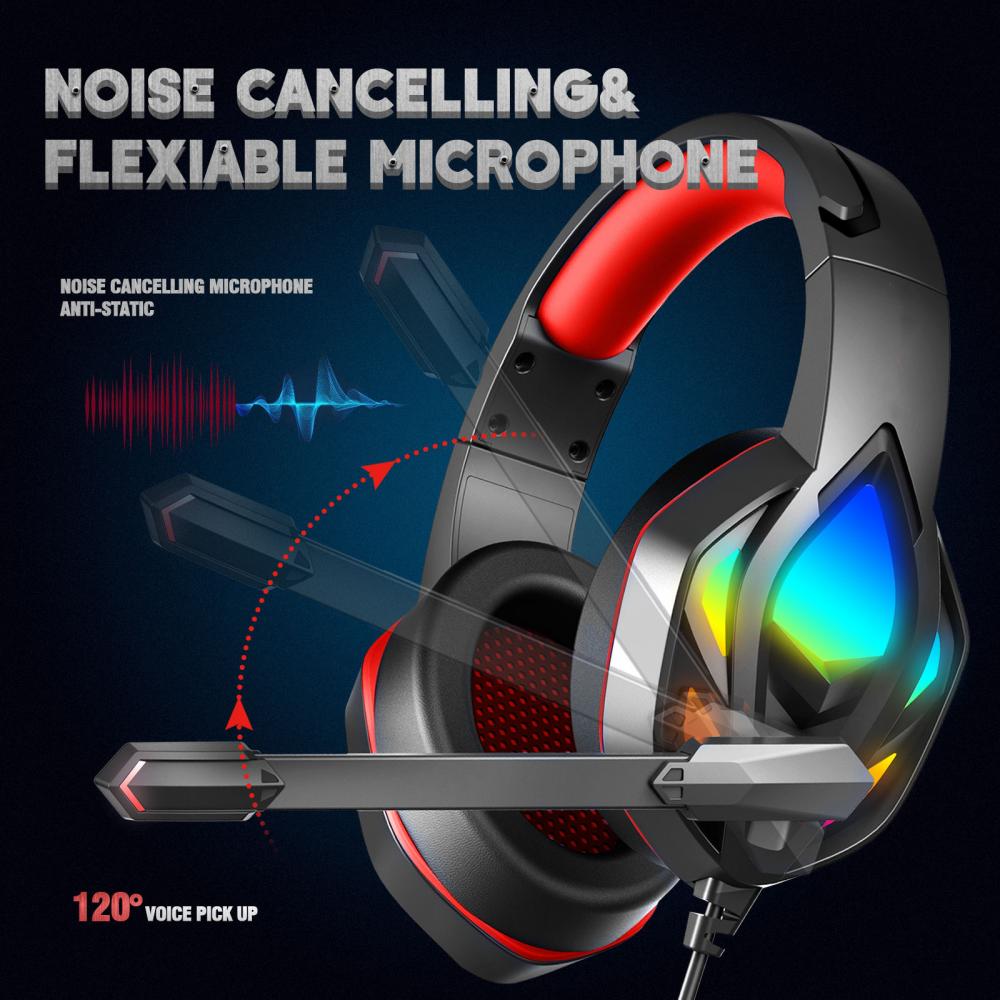At present, virtual reality (VR) technology is in full swing in various fields, covering human-machine, education, medical, video and other industries. It is a virtual world that uses computer simulation to generate a three-dimensional space, providing users with visual, auditory, etc. Sensory simulation. The ideal state of virtual reality is to let users see the three-dimensional space in a timely and unrestricted manner. However, our technology is still not fully realized, then virtual reality (VR) technology still exists. What technical difficulties need to be overcome? Wide range of multi-target accurate real-time positioning Currently, the positioning of virtual reality products is mainly done by Light House. The Light House includes an infrared transmitter and an infrared receiver. The infrared emitting device scans a specific space at high speed in both horizontal and vertical directions, and has no less than three infrared receivers on the helmet and the handle, and the relative position between all the infrared receivers on the helmet (handle) is maintained. constant. When the infrared laser sweeps through the infrared receiver on the helmet or handle, the receiver responds immediately. According to the response time difference between the plurality of infrared receivers, not only the spatial position information of the helmet (handle) but also the attitude angle information can be obtained. At present, virtual reality products can only work in a separate open space, and obstacles block the transmission of infrared light. The positioning technology in large-scale and complex scenes still needs to be broken. Multi-targeting is critical for scenarios where multiple people are involved at the same time. Current virtual reality systems primarily provide individuals with an immersive experience, such as individual soldier combat training. When multiple soldiers participate at the same time, they hope to see teammates and reach a more realistic group combat training, which not only needs to locate multiple targets, but also needs to achieve data sharing of multiple targets. Balance between “immersion experience†and “realism†The immersive experience is often used as an important indicator to measure the quality of virtual reality. However, under the current technical conditions, the immersive experience has become another measure of the "natural enemy" of the picture "reality" (ie, clarity). If you want the picture to be more realistic, you need high definition to support it. If the sharpness is improved, the picture will be farther away from the human eye, thus reducing the immersion experience. The reason for this is mainly because of the limitations of the screen resolution. We can understand that the closer to the screen, the stronger the graininess, and the graininess is further magnified by the lens, so that the reality obtained by the human eye is rather vague. If the resolution is not high enough, this problem cannot be solved. Screen refresh rate The refresh rate, as the name suggests, is that the graphics card will display the refresh rate of the signal output. For example, 60Hz is the output of the signal to the display 60 times per second. The refresh rate is determined by the display. The higher the refresh rate, the lower the picture delay. The screen refresh rate of 120HZ is the minimum requirement to ensure that the VR picture is close to reality. The refresh rate of the current mobile phone screen basically stays at 60HZ level, and the PC display can be satisfied. At the same time, the increase of the refresh rate will put a lot of pressure on the calculation and power consumption of the chip, which puts higher requirements on the hardware of the device. Dizziness and eye fatigue At present, the biggest problem in the virtual reality experience is the sense of dizziness. When the experiencer adapts to the new sensory environment, there may be a situation similar to motion sickness. Although some researchers have indicated that adding a nose image to a virtual image may help the user to adapt better, it has not yet been supported by virtual reality devices and software vendors. Although some high-end devices solve the problem of vertigo in different degrees, due to the influence of the user's own physical condition and adaptability, it is still impossible to completely avoid the occurrence of vertigo. At present, all the virtual reality products being sold exist to cause the wearer. The problem of vertigo and eye fatigue is related to the content of the virtual reality picture, and varies from person to person. The general tolerance time is 5 to 20 minutes. For the VR content with excessively smooth picture, some people can tolerate for several hours. Richer perception Vision is the most important, complex, and informative sensor in the human body. The execution of most human behaviors depends on vision, such as daily obstacle avoidance, capture, and mapping. But vision is not the only channel of human perception. The simulation environment created by virtual reality should not be limited to visual stimuli, but should also include other perceptions such as touch and smell. Video editing stitching effect When it comes to virtual reality, VR video editing is also a big fire in recent years. From the perspective of shooting, the biggest difference between VR video shooting and traditional shooting is the late work. In the latter stage of traditional shooting, there are only 2~3 links, which are editing, rendering plus some effect precipitation. In addition to the traditional virtual reality panoramic shooting production Beyond the link, more important is the technique of stitching. The biggest difference between moving and fixed positions is that when the fixed position is stitched, the fixed position is stitched once. After the first frame is sewn, the fixed position is fixed. Copying to the later time is enough, but moving The position of the machine is different every moment and even every frame, and it needs to be stitched. Although some stitching techniques used by some producers or companies on the market are implemented through more mature software from abroad, the effect of these software stitching is also bottlenecked, and some user experience of using these software will also affect. The final result of the stitching. Of course, we also have some means to deal with this problem, but no matter how it is handled, there will be some traces in it. Although the development of virtual reality technology is still not mature enough, there are many controversies, but with the passage of time, all this will change. Virtual reality technology will become an important new medium and new platform, whether it is for games or social, or other fields.
Gaming Headphones is a headset suitable for playing games. For game users, a game headset with excellent performance can allow players to experience the immersive feeling in the game. For competitive game players, the game headset can also assist game players and enhance combat effectiveness.
Gaming Headphones,Gaming Headset,Rgb Gaming Headphones,Gaming Bluetooth Earphones Henan Yijiao Trading Co., Ltd , https://www.yjusbcable.com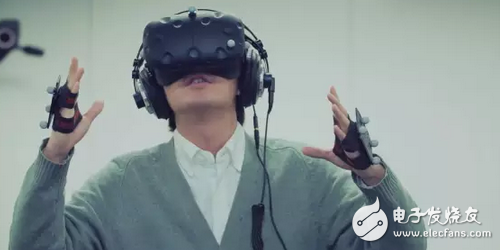
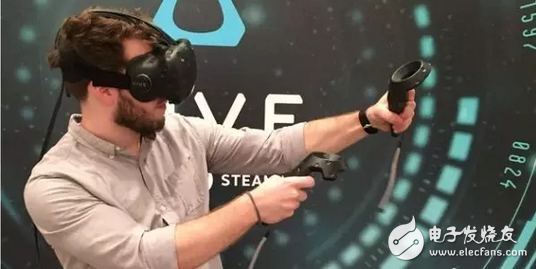
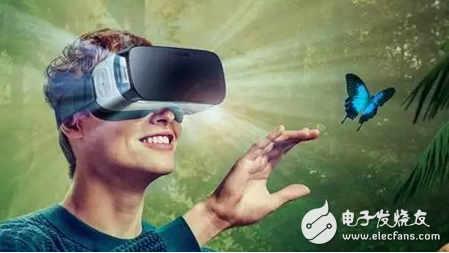
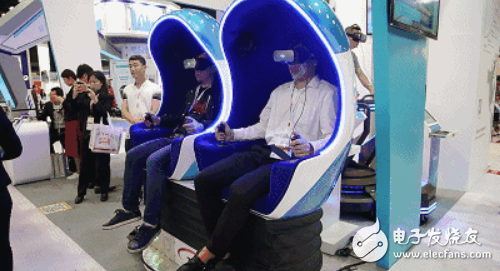
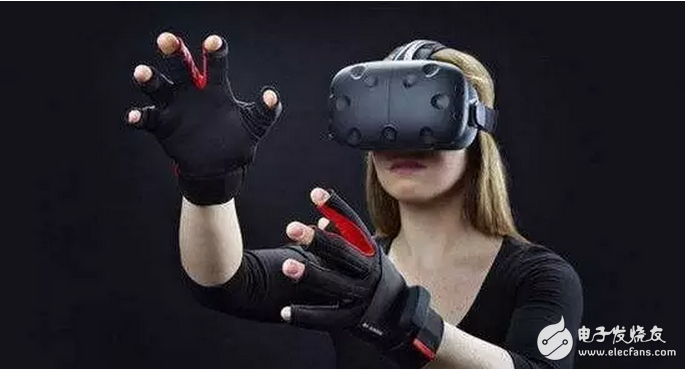
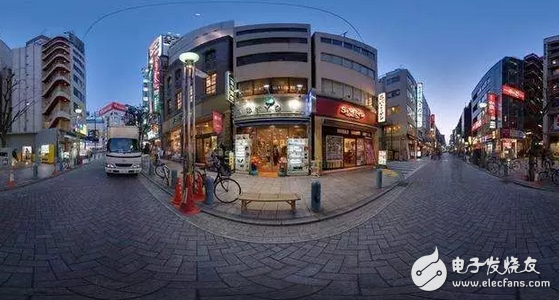
In the case of headphone use, we found that game use would be a large part of the demand, especially the need to use a pure headset to get better listening effect when both music and games are in use.
Compared with music headphones, Wired Game Headphones pay more attention to sound field and positioning sense (for example, shooting and shootout games need positioning), and the amount and intensity of low frequency are aggravated, so as to meet the user's experience of game sound effects. Music headphones, in essence, pay more attention to sound quality. The effect in the right range is super good, with pure sound quality and penetrating sound.
Among the many headsets, Wireless Gaming Headphone have the advantage of sensitivity. The relatively closed listening environment is also more conducive to game players to feel the details of the sound and improve their judgment of the sound. Therefore, compared with traditional headsets, gaming headsets have more advantages in positioning ability, can better express the sense of direction of sound, and are more suitable for 3D games to express sound clearly. In addition, player-oriented game headsets are often enhanced with low-frequency volume sensing to facilitate the game's plot and make it easier for players to immerse themselves in the game.
